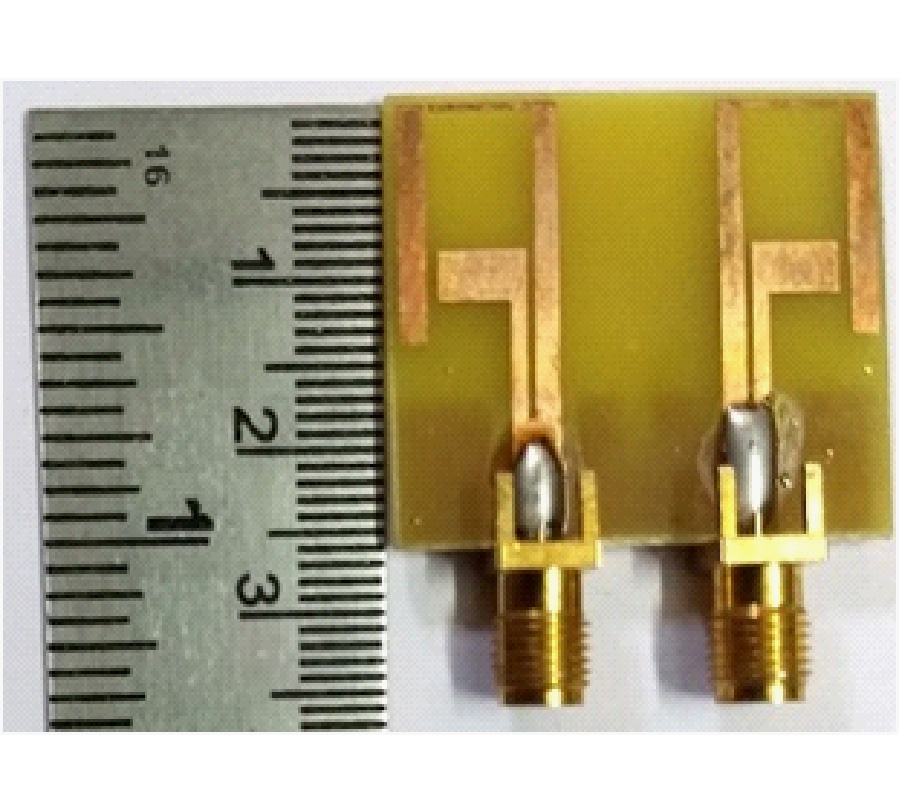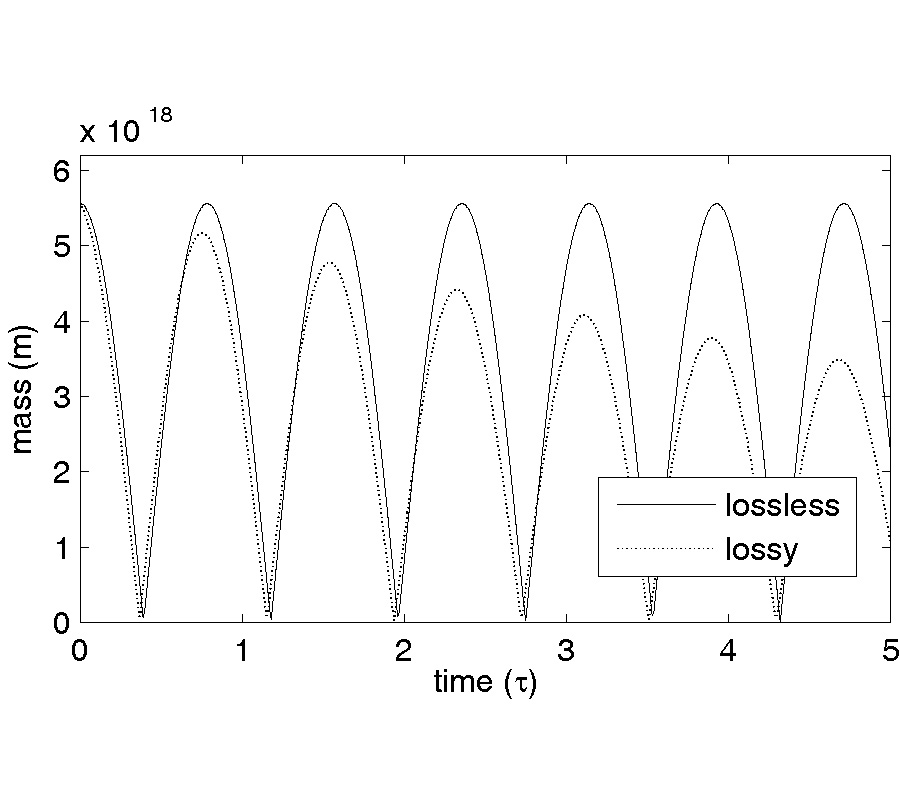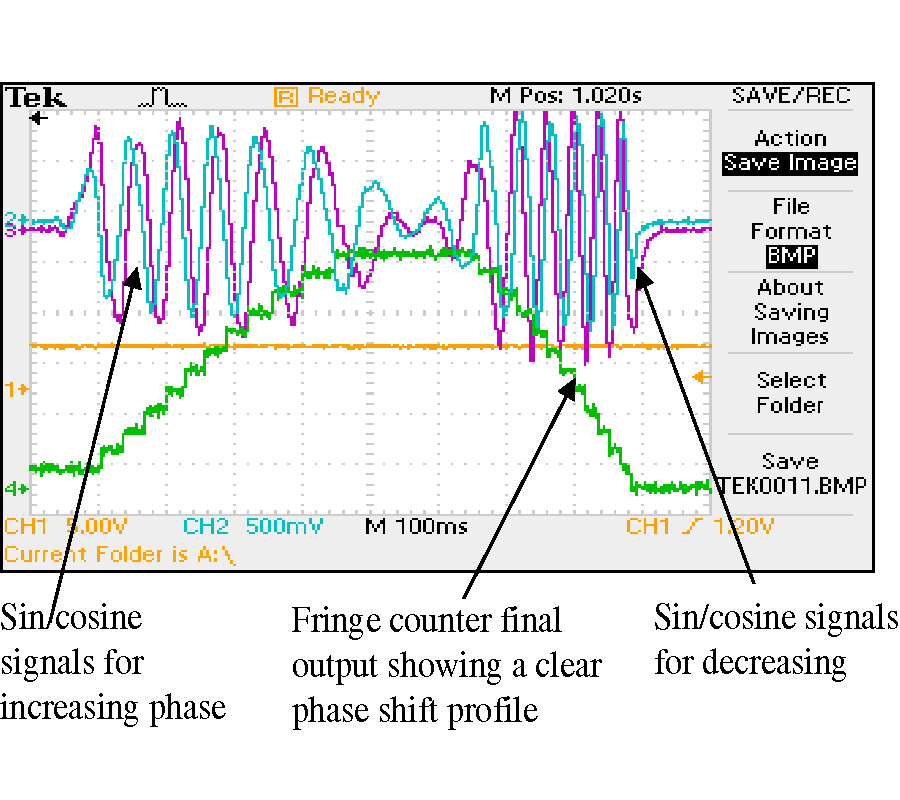Semi-Analytical Model for Skewed Magnet Axial Flux Machine
Md Motiur Reza and
Rakesh Kumar Srivastava
High power density and torque capability are distinguished features of slotted axial flux permanent magnet machine. However, due to alternate placement of slot and teeth, the airgap permeance and airgap magnetic energy vary with angular position. Even in absence of current excitation, the magnetic variation with position results in cogging torque. This torque produces several undesirable phenomena such as mechanical vibration, acoustic noise, torque ripples, voltage ripples and speed ripple in machine performance. The severity is high for low speed, light load, and direct drive applications. Various design modifications such as slot skewing, magnet skewing, axillary slots, optimization of pole pitch to pole arc ratio and many more are reported for cogging torque mitigation. Any of these design modifications adversely affects the machine performance in terms of no load magnetic field distribution, linkage flux, and induced emf. In this paper, the effect of magnet skewing is investigated for dual-rotor permanent magnet axial flux machine. The analytical model is developed for the determination of magnetic field distribution at no load. Three different types of open slots stators viz. type 1: trapezoidal Slot with trapezoidal teeth, type 2: Parallel slot with trapezoidal teeth, and type 3: trapezoidal slot with parallel teeth are used for the investigation of air-gap magnetic field density and cogging torque produced in machine. The analytically obtained results are compared with finite element analysis (FEA) for the validation.



















